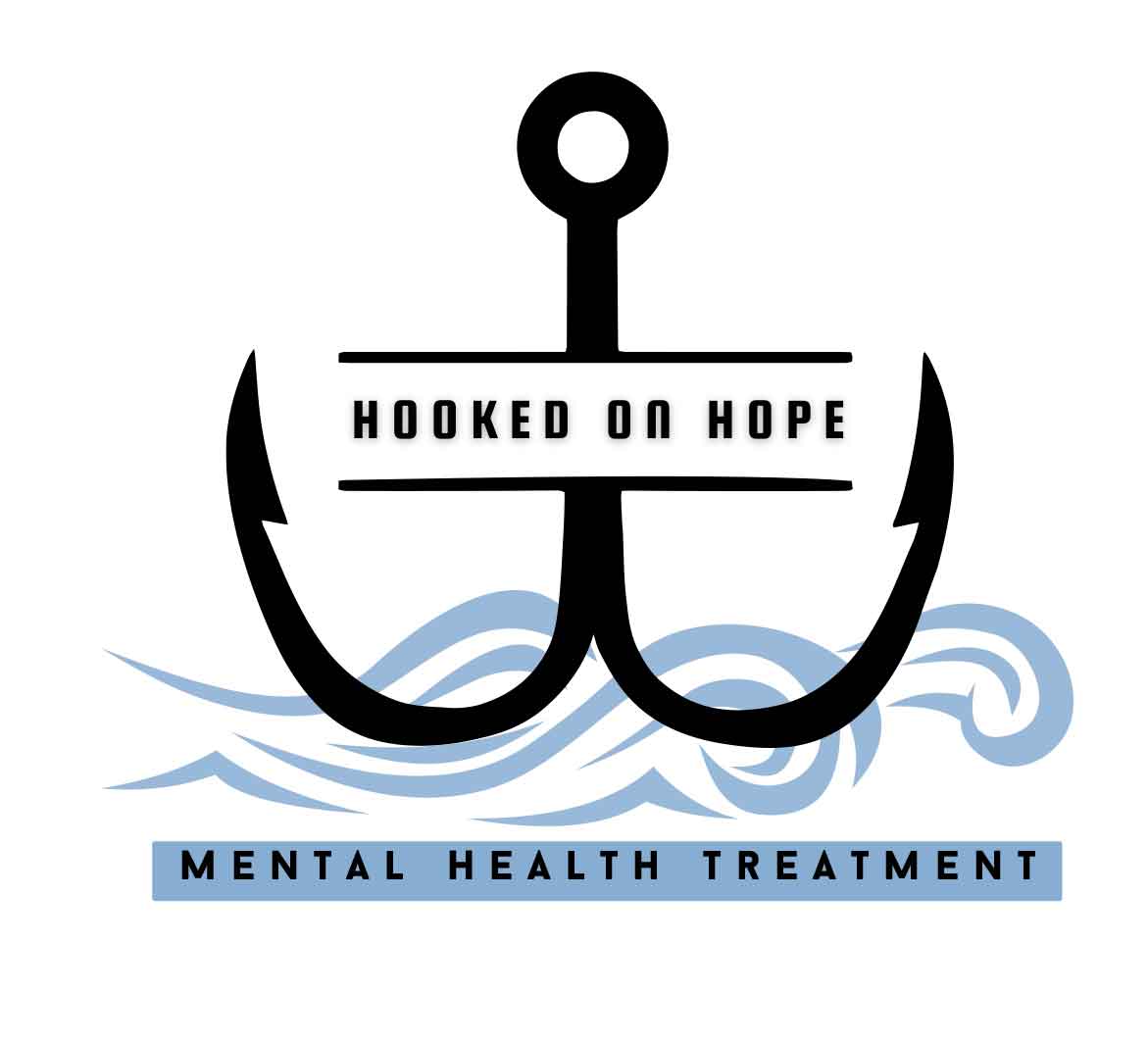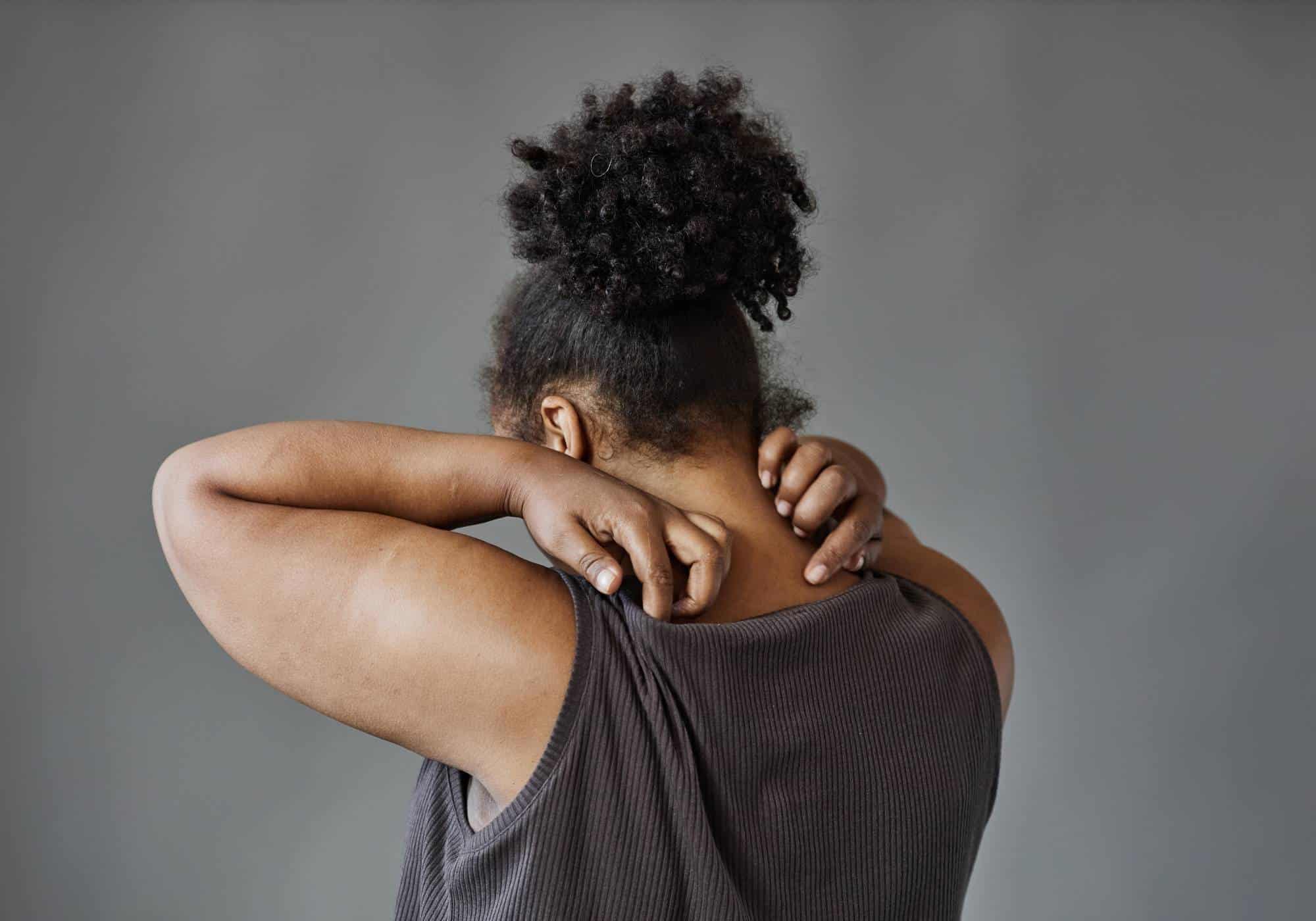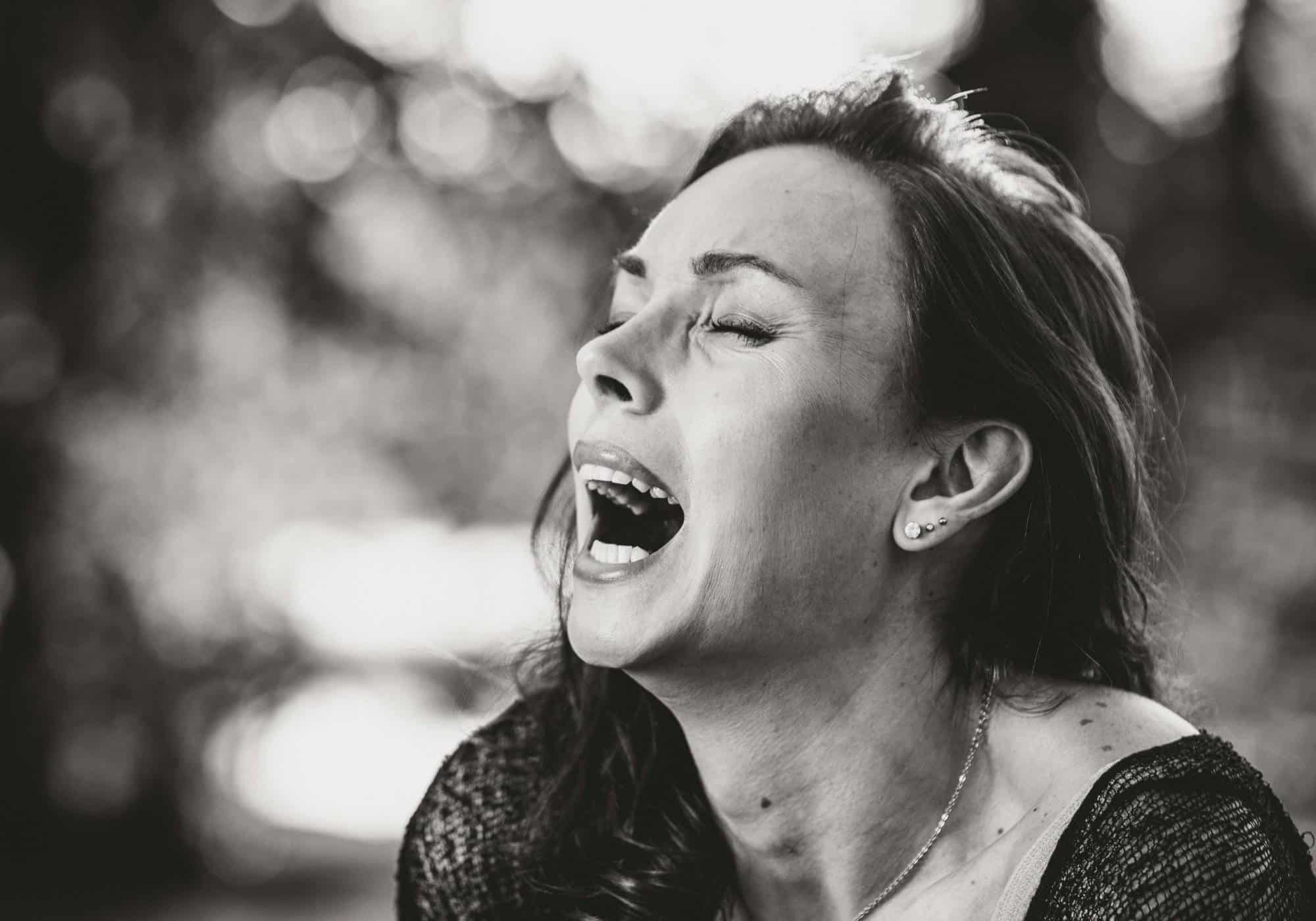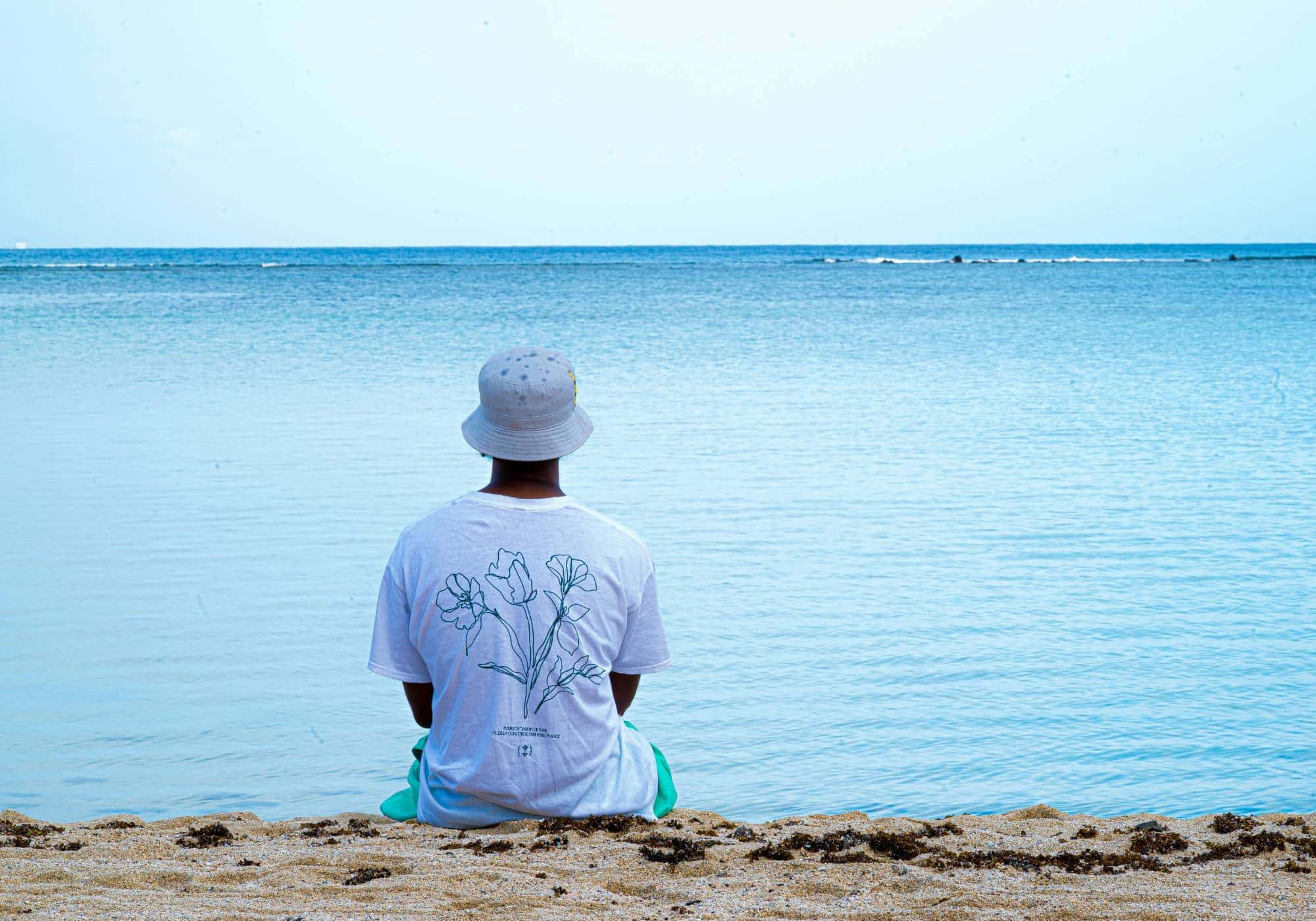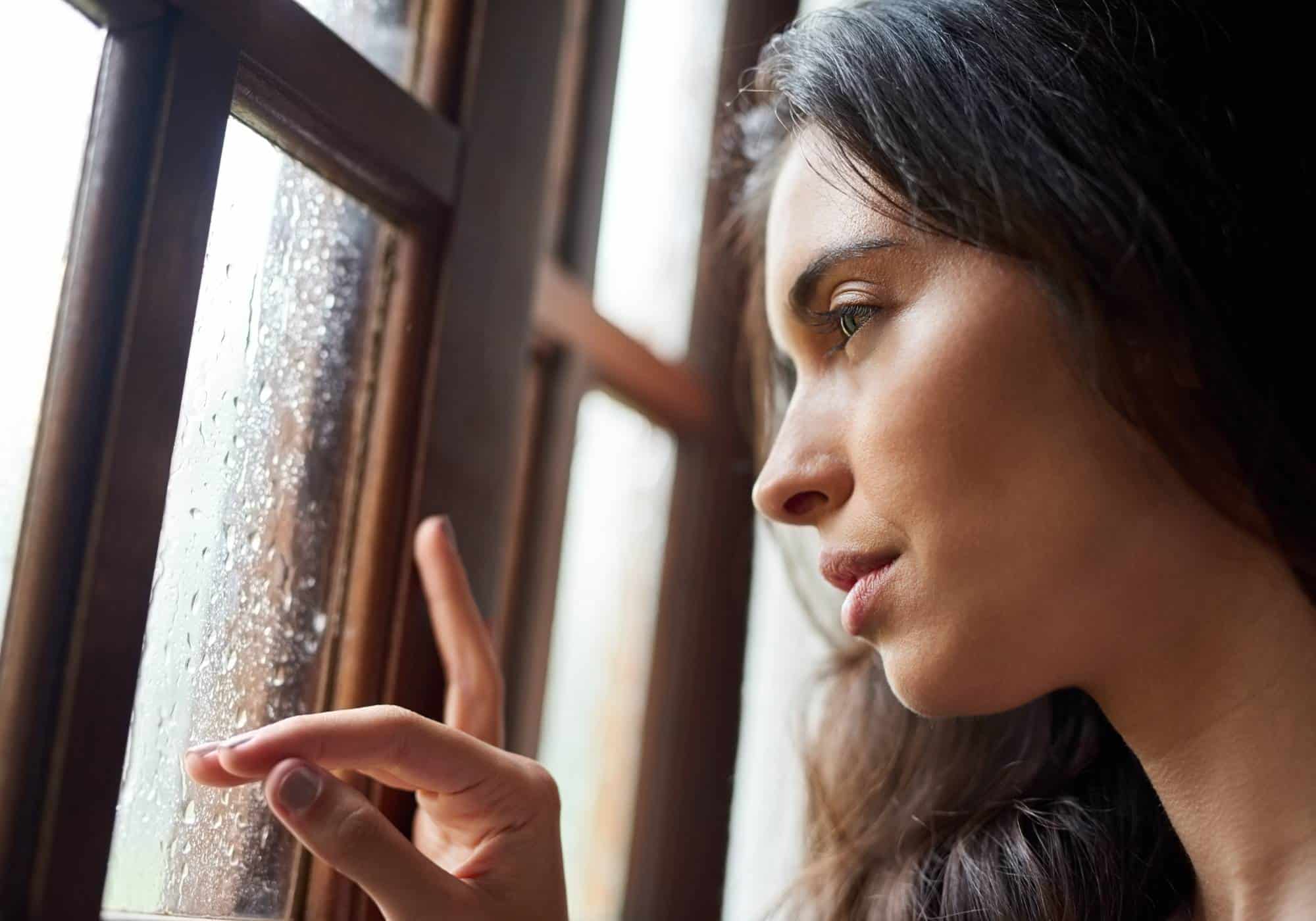As the days grow shorter and temperatures drop, many people notice changes in their mood and energy levels. For some, these changes can be significant and may signal the onset of Seasonal Affective Disorder (SAD). This form of depression typically occurs during the fall and winter months when daylight hours are reduced. In this comprehensive guide, we’ll explore SAD symptoms, its impact on mental health during November’s shorter days, and practical tips for coping with SAD.
What Is Seasonal Affective Disorder?
Seasonal Affective Disorder is a type of depression that follows a seasonal pattern. Often referred to as “winter depression” or “winter blues,” SAD affects millions of people worldwide. While it’s normal to have some variations in mood with the changing seasons, those with SAD experience more severe symptoms that can interfere with daily functioning.
Who Is at Risk for SAD?
SAD can affect anyone, but certain factors may increase the risk:
- Geographic Location: Living farther from the equator increases the likelihood due to shorter daylight hours in winter.
- Gender: Women are more commonly diagnosed with SAD, though men may experience more severe symptoms.
- Age: Young adults are at higher risk, but SAD can occur at any age.
- Family History: A family history of depression or SAD elevates the risk.
- Existing Mental Health Conditions: Those with depression or bipolar disorder may notice a seasonal worsening of symptoms.
What Causes Seasonal Affective Disorder?
The exact cause isn’t fully understood, but several factors contribute:
- Biological Clock (Circadian Rhythm): Reduced sunlight can disrupt your internal clock, leading to feelings of depression.
- Serotonin Levels: Decreased sunlight can cause a drop in serotonin, a neurotransmitter affecting mood.
- Melatonin Levels: Seasonal changes can disrupt melatonin balance, impacting sleep and mood.
Recognizing Seasonal Affective Disorder Symptoms
Identifying SAD symptoms is crucial for early intervention.
Common Seasonal Affective Disorder Symptoms
- Persistent Depressed Mood: Feeling sad or hopeless most of the day.
- Loss of Interest: Disinterest in activities once enjoyed.
- Low Energy and Fatigue: Feeling sluggish and unmotivated.
- Sleep Disturbances: Oversleeping and difficulty waking up.
- Changes in Appetite or Weight: Craving carbs and possible weight gain.
- Difficulty Concentrating: Trouble focusing or making decisions.
- Feelings of Worthlessness or Guilt: Excessive self-criticism.
- Social Withdrawal: Preferring isolation.
- Physical Symptoms: Headaches or other unexplained pains.
- Thoughts of Death or Suicide: In severe cases.
How SAD Differs from Other Depressions
While sharing symptoms with major depression, SAD’s seasonal pattern distinguishes it. Symptoms improve during spring and summer.
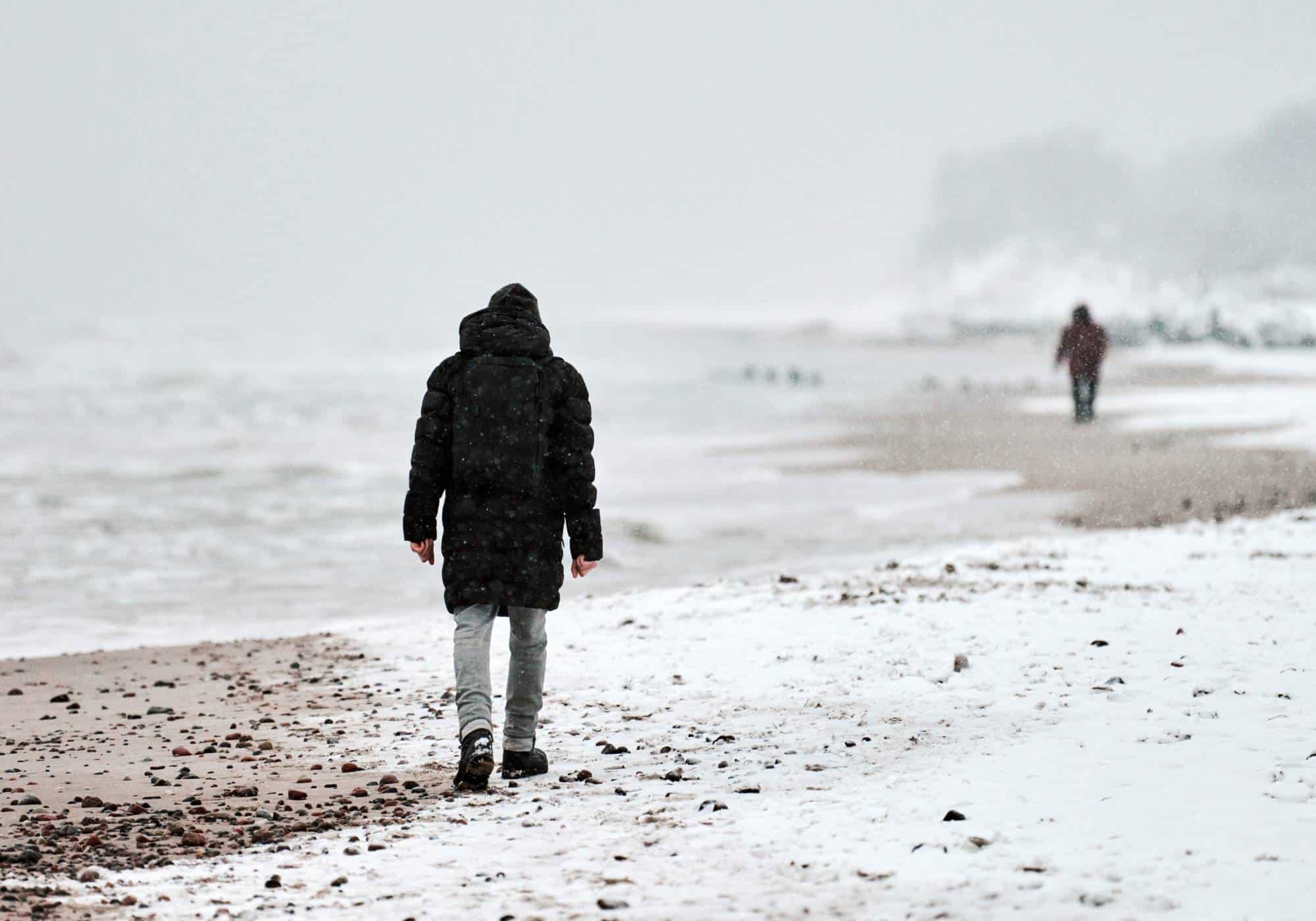
The Impact of Shorter Days on Mental Health
November’s Role in SAD Onset
November brings:
- Reduced Sunlight: Less daylight affects vitamin D and mood.
- Disrupted Routines: Time changes affect sleep and eating patterns.
- Holiday Stress: Upcoming holidays may increase stress or loneliness.
Biological Effects
- Serotonin Reduction: Leads to depression.
- Melatonin Increase: Causes sleepiness.
- Vitamin D Deficiency: Affects mood regulation.
10 Practical Strategies for Coping with SAD
Managing Seasonal Affective Disorder involves lifestyle changes and professional help.
1. Red Light Therapy (Phototherapy)
- How It Works: Exposure to bright light compensates for sunlight loss.
- Choosing a Light Box: Look for 10,000 lux brightness.
- Usage: Sit near the light for 20-30 minutes daily.
- Consultation: Talk to a doctor before starting.
2. Maintain a Regular Schedule
- Sleep Routine: Aim for consistent sleep patterns.
- Meal Times: Regular meals stabilize energy.
3. Exercise Regularly
- Benefits: Boosts mood and energy.
- Outdoor Activity: Maximizes sunlight exposure.
- Consistency: Find enjoyable activities.
4. Social Engagement
- Plan Activities: Stay connected with loved ones.
- Volunteer: Helps combat isolation.
- Support Groups: Share experiences with others.
5. Stress Management Techniques
- Mindfulness Meditation: Reduces anxiety.
- Deep Breathing: Lowers stress levels.
- Yoga and Tai Chi: Combines movement and mental focus.
6. Professional Counseling
- Cognitive-Behavioral Therapy (CBT): Changes negative thought patterns.
- Interpersonal Therapy (IPT): Improves social functioning.
- Finding a Therapist: Seek professionals experienced with SAD.
7. Medication
- Antidepressants: SSRIs may be prescribed.
- Timing: Starting before symptoms begin can help.
- Medical Advice: Discuss options with a doctor.
8. Nutritional Support
- Balanced Diet: Emphasize whole foods.
- Omega-3 Fatty Acids: Support brain health.
- Limit Caffeine and Alcohol: They can worsen symptoms.
- Hydration: Essential for overall health.
9. Vitamin D Supplementation
- Sunlight Exposure: Increases vitamin D naturally.
- Supplements: Consult a doctor for recommendations.
10. Embrace the Season
- Winter Activities: Find joy in seasonal hobbies.
- Home Environment: Create a cozy, bright space.
- Set Goals: Having plans can boost motivation.
Supporting Loved Ones with SAD
How to Help
- Educate Yourself: Understand what they’re experiencing.
- Be Present: Offer support without judgment.
- Encourage Healthy Habits: Join them in positive activities.
- Respect Feelings: Validate their emotions.
- Suggest Professional Help: If appropriate.
When to Seek Professional Help
- Persistent Symptoms: If they affect daily life.
- Thoughts of Self-Harm: Immediate help is crucial.
- Complex Cases: Co-occurring conditions need specialized care.
At Hooked on Hope Mental Health, we’re dedicated to compassionate support.
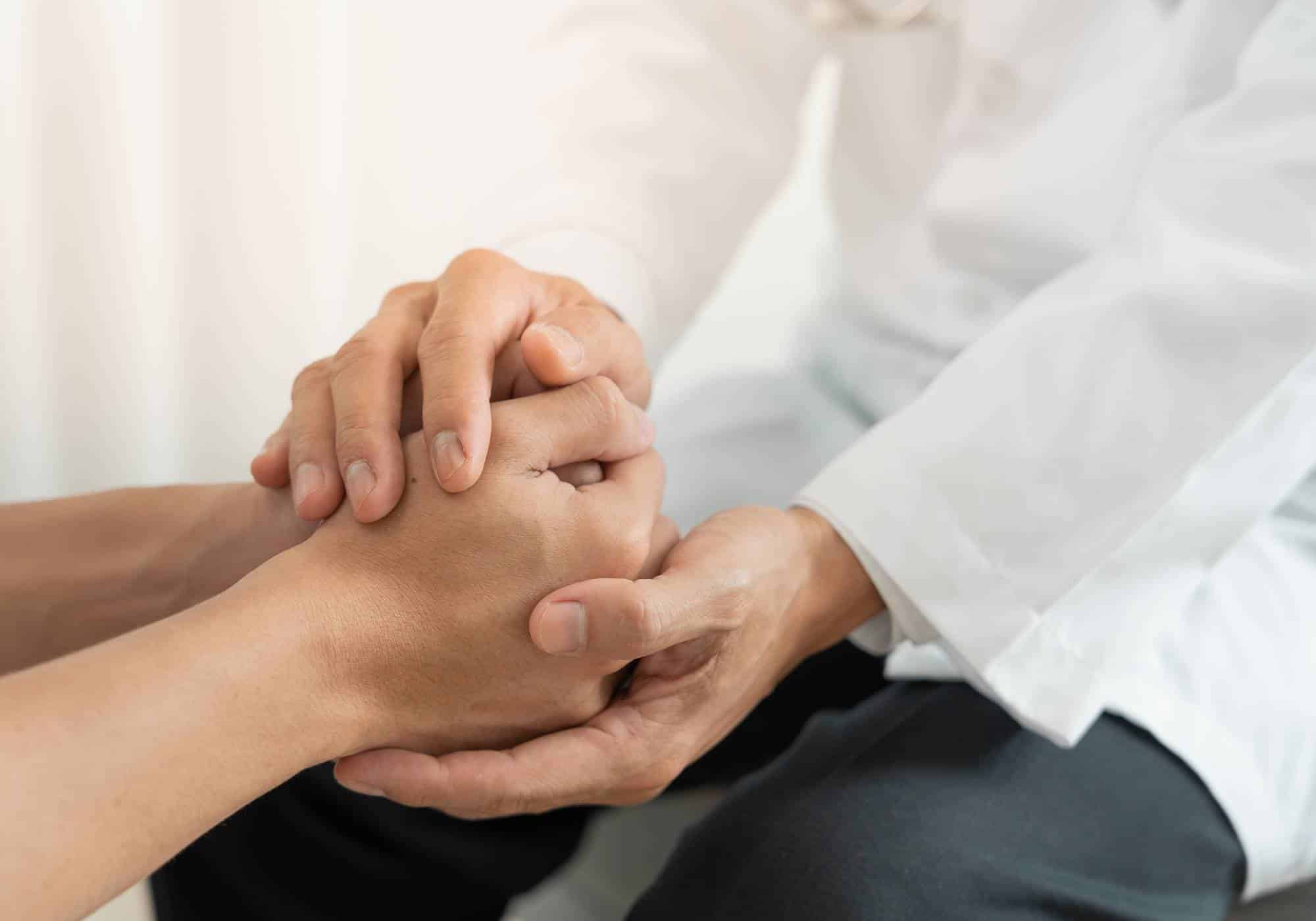
Seasonal Affective Disorder Frequently Asked Questions
Can SAD Occur in Summer?
Yes, though less common, some experience SAD in spring and summer with symptoms like insomnia and anxiety.
How Long Does SAD Last?
Symptoms typically start in fall and improve in spring, varying by individual.
Is Red Light Therapy Safe?
Generally, but possible side effects include eyestrain. Consult a doctor first.
Can Children Have SAD?
Yes, children and teens can experience SAD.
Seasonal Affective Disorder Treatment in Atlanta, GA
Seasonal Affective Disorder is a treatable condition impacting many during colder months. By recognizing SAD symptoms and implementing strategies for coping with SAD, you can manage your mood and enjoy a fulfilling life year-round. Remember, seeking help is a sign of strength. At Hooked on Hope Mental Health, we offer Seasonal Affective Disorder treatment in Atlanta, GA. If you or a loved one are struggling with winter depression, don’t hesitate to reach out to contact us today at 470-287-1927 or fill out our online contact form to help guide you through this challenging season.
